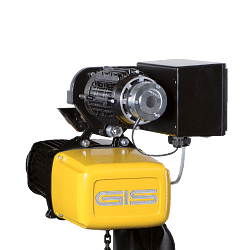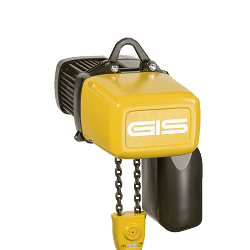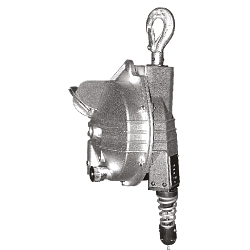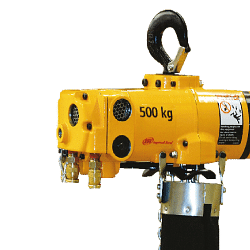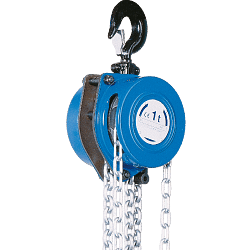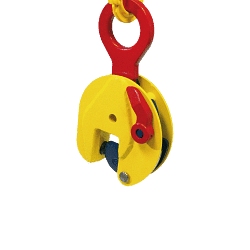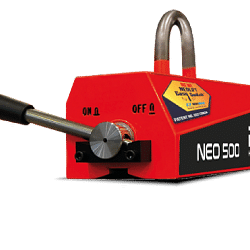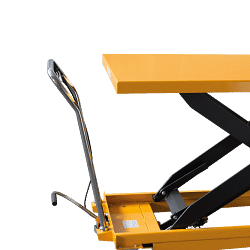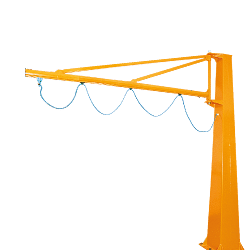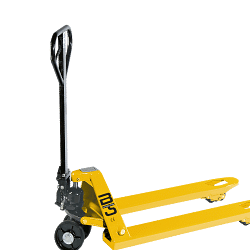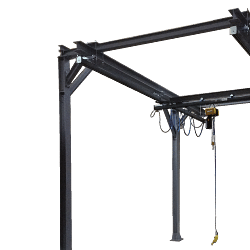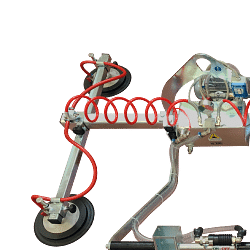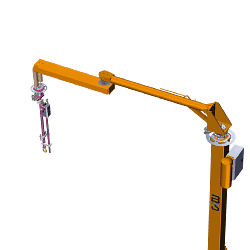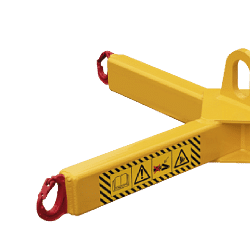You have no items in your shopping cart.
Register and use the discount code NEWWELCOME to get 10% off on your first purchase. GET DISCOUNT.
Register and use the discount code NEWWELCOME to get 10% off on your first purchase. GET DISCOUNT.
Register and use the discount code NEWWELCOME to get 10% off on your first purchase. GET DISCOUNT.
Free shipping in 24h from 200€
Catalogues
Customer service
How can we help you?
- Faq
- Customer service
02.927371
- Supporting big orders
02.38298620
-
info@linkindustrialtools.it
- Request assistance with form
Or contact us with the chat in the lower right corner
- All products
 Integral cutting tools
Integral cutting tools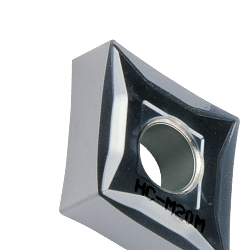 Turning tools
Turning tools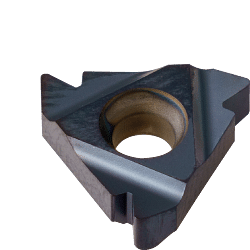 Thread tools
Thread tools Thread tools
Thread tools- All products
- Thread inserts
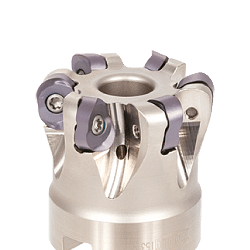 Milling cutters
Milling cutters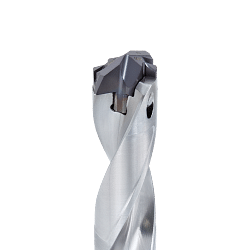 Drilling tools
Drilling tools Drilling tools
Drilling tools- All products
- Indexable drill bits
- Indexable drill heads
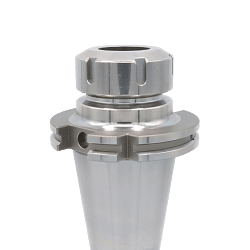 Clamping systems
Clamping systems Measuring and precision tools
Measuring and precision tools Measuring and precision tools
Measuring and precision tools- All products
- Digital calipers with readings to 0.01
- Analogue calipers
- Digital micrometers
- Analogue micrometers
- Bore gauges
- Snap gauges
- Digital gauges
- Analogue gauges
- Touch probes
- Zero setters and edge finders
- Inspection plates
- Altimeters
- Height gauges
- Squares and levels
- Threaded rings
- Gauge blocks
- Calibrated tapes and thickness gauges
- Digital and analogue hardness testers
- Roughness testers
- Microscopes, lenses and visors
- Digital thermo-hygrometer to measure moisture
- Reset benches
- Optical profile projector
- Professional, digital dynamometers
- Laboratory scales
- Digital amperometric pliers
- Thickness and adhesion gauges
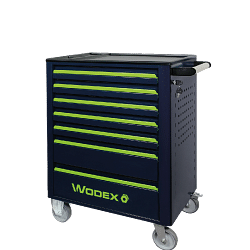 Hand tools
Hand tools Hand tools
Hand tools- All products
- Combination wrenches
- Spanners
- Hook wrenches
- Tubular wrenches
- Hexagon keys
- Torx wrench
- Socket wrenches
- Screwdrivers
- Torque wrenches
- Torque screwdriver
- Inserts and bits for screw drivers
- Tool trolleys
- Workshop pliers
- Wire strippers
- Cable strippers
- Cutting nippers
- Professional scissors
- Nippers
- Professional shears
- American or Swedish pipe wrench
- Adjustable wrench
- Pipe tools
- Pipe cutter for plumber
- Cutter
- Hacksaws
- Deburring tools
- Chisels
- Hammers and mallets
- Mechanical and conical pullers
- Clamps
- Tap wrenches and die stocks
- Riveters
- Flexometers
- Tape measures
- Markers
- Flat squares and rulers
- Professional dividers
- Professional protractors
- Brushes
- Lubricators and spray nozzles
- T-wrenches
- Reversible ratchets
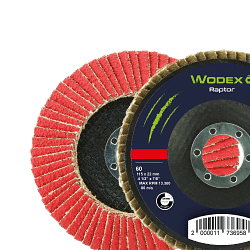 Abrasives
Abrasives Abrasives
Abrasives- All products
- Cutting discs
- Deburring grinding wheel
- Flap discs
- Fabric discs for surface treatment
- Abrasive fibre discs with Velcro
- Abrasive cloth in rolls, sheets and bands
- Flap wheels with pin and abrasive wheel with hole
- Abrasive wheels for buffing machines
- Abrasive spiral bands
- Abrasive brushes
- Flexible sanders
- Mounted grinding discs
- Polishing felt
- Solid carbide rotary cutters
- HSS rotary cutters
- Abrasive wheels for sharpening and grinding
- Diamond grinding wheels
- Grinding stone
- Diamond paste
- Abrasive stones
- Files and rasps
- Diamond files
- Grinders and polishing equipment
 Lubricants for machine tools
Lubricants for machine tools Lubricants for machine tools
Lubricants for machine tools- All products
- Water-miscible coolants
- Neat cutting oil
- Minimal lubrication systems
- Oil for guides and slides
- Drums of hydraulic oil fluid
- Anti-freeze for machine tools
- Air coolers
- Oil separator
- Powders and absorbents for oil
- Aspirators for oil mist
- Accessories for cooling lubricants
- Metal and mould protectors
- Grease and paste
 Chemical, adhesives and sealants
Chemical, adhesives and sealants Chemical, adhesives and sealants
Chemical, adhesives and sealants- All products
- Acrylic, cyanoacrylate and epoxy adhesives
- Guns and silicon sealant
- Threadlocker
- Sealants and retainers
- Release agents, lubricants and anti-seize
- Zinc spray and polishes
- Lubrication accessories
- Protections for maintenance
- Industrial Cleansing
- Handwash
- Industrial cloths and rags
- Welding machines
- Electrodes
- Clamps, shields and welding masks
- Antispatter
 Safety equipment
Safety equipment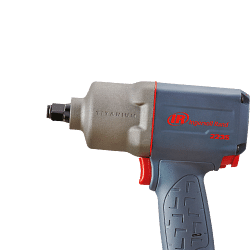 Pneumatics
Pneumatics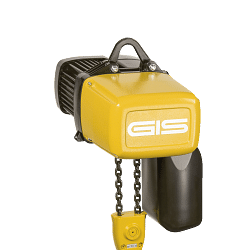 Lifting systems
Lifting systems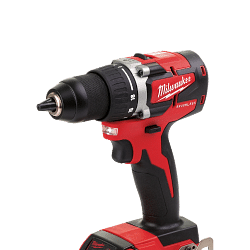 Workshop equipment
Workshop equipment Workshop equipment
Workshop equipment- All products
- Column and bench drills
- Accessories for lathes
- Band saws
- Cut-off machines
- Bench grinders
- Power tools
- Spare parts and accessories for Power Tools
- Saws and hole cutters: wood, metal and plasterboard
- Tapered cutters for sheet metal
- Industrial aspirators
- Fume aspirators
- Bench vices
- Technical lamps
- LED torches
- Industrial cable winders
- Trolley wheels
- Quick clamps
- Threaded inserts
- Control knobs
- Packaging accessories and material
- Belt sanders
- Electric tapping machines
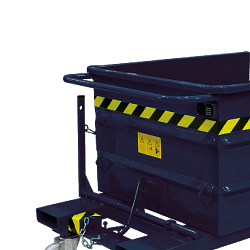 Furnishings and storage
Furnishings and storage Furnishings and storage
Furnishings and storage- All products
- Work benches
- Swivel chairs for office use
- Drawer units for workshops
- Industrial cabinets for warehouses and workshops
- Tool cabinets
- Security cabinets
- Changing room cabinets
- Containers for small metal parts
- Scrap holders
- Workshop trolleys
- Spill pallets for drum storage
- Shelves for warehouses and offices
- Cantilever shelving
- Aluminium ladders
- Modular plinths
- Units and cabinets for waste recycling
 Brand
BrandPromotions
 Bestseller
Bestseller- Catalogues
-
Catalogues
Customer service
How can we help you?
- Faq
- Customer service
02.927371
- Supporting big orders
02.38298620
-
info@linkindustrialtools.it
- Request assistance with form
Or contact us with the chat in the lower right corner
< Lifting systems
- Home
- Lifting systems
- Jib cranes
Jib cranes
Jib cranes represent an essential and versatile solution in the panorama of lifting and material handling equipment in machine shops. Thanks to their design and functionality, these devices offer indispensable support in optimising production processes, improving operational efficiency and ensuring safety in the workplace.
Introduction to Jib Cranes
Jib cranes are lifting devices characterised by a horizontal jib, called a 'jib', which is attached to a vertical support. This type of crane is designed to operate in confined spaces, offering a flexible and adaptable solution to specific lifting and material handling needs. Their ability to rotate around a vertical axis allows them to cover a large working area, making them ideal for applications where space is critical.
Functionality and applications of jib cranes
Jib cranes are widely used in machine shops for a variety of applications. Thanks to their ability to lift and move heavy loads with precision, these cranes are used for assembling components, moving equipment and materials, and supporting maintenance operations. Their versatility makes them suitable for various industries, including automotive, aerospace, machinery manufacturing and many others.
Advantages of jib cranes
One of the main advantages of jib cranes is their ability to improve operational efficiency. Thanks to their compact design and ease of installation, these cranes can be quickly integrated into existing production processes, reducing downtime and increasing productivity. In addition, jib cranes offer a high level of safety, thanks to advanced control systems and integrated safety devices that reduce the risk of workplace accidents.
Types of jib cranes
There are different types of jib cranes, each designed to meet specific needs. Column jib cranes are mounted on an independent vertical support, while wall-mounted jib cranes are fixed directly to an existing structure. Both types offer unique advantages in terms of load capacity, reach and ease of installation. The choice of the most suitable type depends on the specific operational requirements and the characteristics of the working environment.
Main components of jib cranes
Jib cranes consist of several key components that determine their functionality and performance. The horizontal jib, or jib, is the main component that supports the load and allows lateral movement. The vertical support, which can be a free-standing column or a wall structure, provides the stability needed to lift loads. Other important components include the hoist, which raises and lowers the load, and the control systems, which ensure safe and precise operation.
Jib crane installation and maintenance
The installation of jib cranes requires careful planning to ensure that the device is positioned correctly and can operate safely and efficiently. It is essential to consider factors such as load capacity, reach and environmental conditions during the installation process. Regular maintenance is essential to ensure the longevity and reliability of jib cranes. Regular inspections and preventive maintenance help to identify and resolve any problems before they can cause operational disruptions.
Technological innovations in jib cranes
In recent years, jib cranes have benefited from significant technological innovations that have improved their performance and safety. The integration of advanced control systems, such as remote controls and safety sensors, has made these cranes easier to operate and reduced the risk of human error. In addition, the adoption of lightweight and durable materials has allowed for increased load capacity without compromising stability and safety.
Final thoughts on jib cranes
Jib cranes are an indispensable solution for machine shops that need an efficient and safe lifting system. Their versatility, combined with their advantages in terms of operational efficiency and safety, make them an ideal choice for a wide range of industrial applications. Investing in a high-quality jib crane can lead to significant improvements in production processes and contribute to a company's long-term success.
Frequently asked questions about jib cranes
1. What is the typical load capacity of a jib crane?
The load capacity of jib cranes varies depending on the model and configuration, but can generally range from a few hundred kilograms to several tonnes.
2. Can jib cranes be used outdoors?
Yes, there are jib crane models designed for outdoor use, equipped with weather protection and corrosion-resistant materials.
3. What are the maintenance requirements for jib cranes?
Jib cranes require regular maintenance, which includes periodic inspections, lubrication of moving parts and checking of safety systems.
4. Is it possible to customise a jib crane for specific needs?
Yes, many manufacturers offer customisation options to adapt jib cranes to specific operational needs, such as jib length or load capacity.
5. What are the main factors to consider when choosing a jib crane?
The main factors to consider include load capacity, reach, type of installation (column or wall) and the characteristics of the working environment.
Read More Read LessIntroduction to Jib Cranes
Jib cranes are lifting devices characterised by a horizontal jib, called a 'jib', which is attached to a vertical support. This type of crane is designed to operate in confined spaces, offering a flexible and adaptable solution to specific lifting and material handling needs. Their ability to rotate around a vertical axis allows them to cover a large working area, making them ideal for applications where space is critical.
Functionality and applications of jib cranes
Jib cranes are widely used in machine shops for a variety of applications. Thanks to their ability to lift and move heavy loads with precision, these cranes are used for assembling components, moving equipment and materials, and supporting maintenance operations. Their versatility makes them suitable for various industries, including automotive, aerospace, machinery manufacturing and many others.
Advantages of jib cranes
One of the main advantages of jib cranes is their ability to improve operational efficiency. Thanks to their compact design and ease of installation, these cranes can be quickly integrated into existing production processes, reducing downtime and increasing productivity. In addition, jib cranes offer a high level of safety, thanks to advanced control systems and integrated safety devices that reduce the risk of workplace accidents.
Types of jib cranes
There are different types of jib cranes, each designed to meet specific needs. Column jib cranes are mounted on an independent vertical support, while wall-mounted jib cranes are fixed directly to an existing structure. Both types offer unique advantages in terms of load capacity, reach and ease of installation. The choice of the most suitable type depends on the specific operational requirements and the characteristics of the working environment.
Main components of jib cranes
Jib cranes consist of several key components that determine their functionality and performance. The horizontal jib, or jib, is the main component that supports the load and allows lateral movement. The vertical support, which can be a free-standing column or a wall structure, provides the stability needed to lift loads. Other important components include the hoist, which raises and lowers the load, and the control systems, which ensure safe and precise operation.
Jib crane installation and maintenance
The installation of jib cranes requires careful planning to ensure that the device is positioned correctly and can operate safely and efficiently. It is essential to consider factors such as load capacity, reach and environmental conditions during the installation process. Regular maintenance is essential to ensure the longevity and reliability of jib cranes. Regular inspections and preventive maintenance help to identify and resolve any problems before they can cause operational disruptions.
Technological innovations in jib cranes
In recent years, jib cranes have benefited from significant technological innovations that have improved their performance and safety. The integration of advanced control systems, such as remote controls and safety sensors, has made these cranes easier to operate and reduced the risk of human error. In addition, the adoption of lightweight and durable materials has allowed for increased load capacity without compromising stability and safety.
Final thoughts on jib cranes
Jib cranes are an indispensable solution for machine shops that need an efficient and safe lifting system. Their versatility, combined with their advantages in terms of operational efficiency and safety, make them an ideal choice for a wide range of industrial applications. Investing in a high-quality jib crane can lead to significant improvements in production processes and contribute to a company's long-term success.
Frequently asked questions about jib cranes
1. What is the typical load capacity of a jib crane?
The load capacity of jib cranes varies depending on the model and configuration, but can generally range from a few hundred kilograms to several tonnes.
2. Can jib cranes be used outdoors?
Yes, there are jib crane models designed for outdoor use, equipped with weather protection and corrosion-resistant materials.
3. What are the maintenance requirements for jib cranes?
Jib cranes require regular maintenance, which includes periodic inspections, lubrication of moving parts and checking of safety systems.
4. Is it possible to customise a jib crane for specific needs?
Yes, many manufacturers offer customisation options to adapt jib cranes to specific operational needs, such as jib length or load capacity.
5. What are the main factors to consider when choosing a jib crane?
The main factors to consider include load capacity, reach, type of installation (column or wall) and the characteristics of the working environment.


